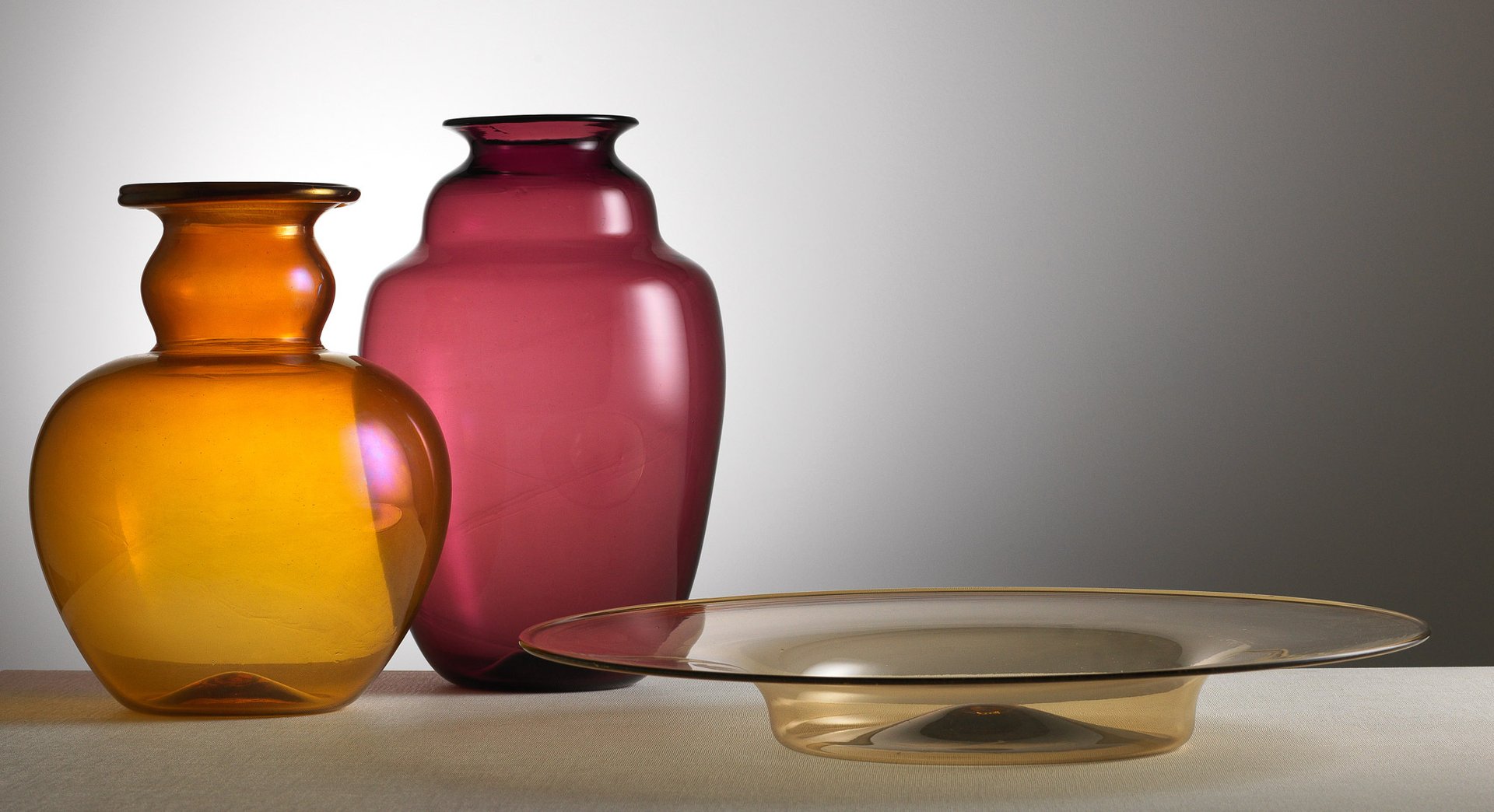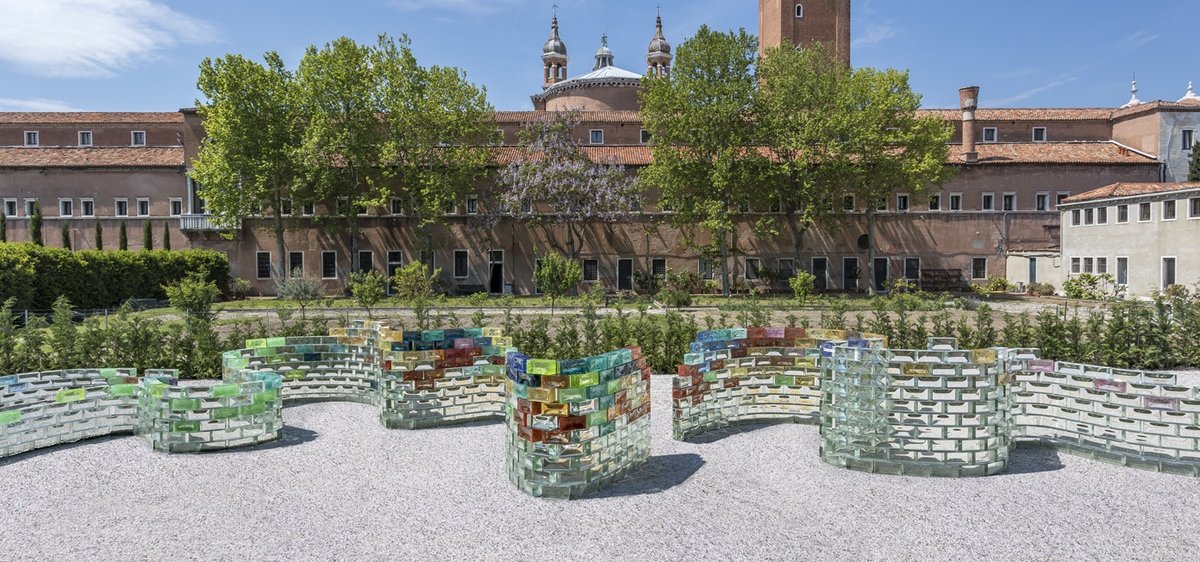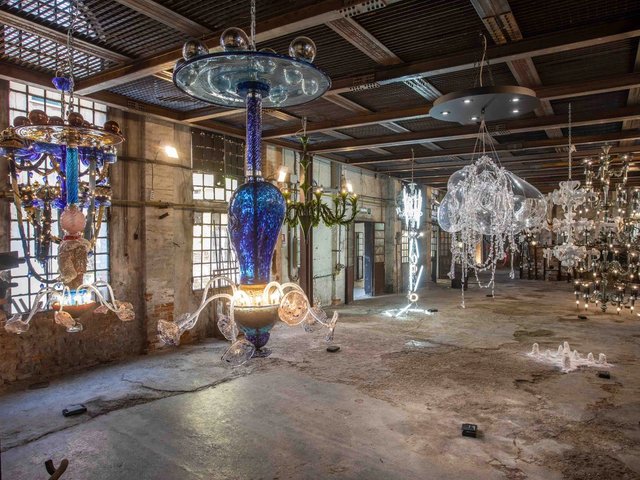Much like the city itself, Venice’s glassmaking industry is in grave danger of collapse. Competition from cheaper alternatives, a dearth of young glass blowers, tightened controls and a shift in tastes away from the elaborate productions for which Murano glass is known has rendered many furnaces redundant. But a group of enthusiasts is determined to revive its fortunes with the inaugural Venice Glass Week (TVGW; 10-17 September). The first international festival devoted to the medium, it is ambitious and truly city-wide, with more than 140 commercial and institutional exhibitions, talks and conferences, educational activities, open furnaces, film screenings and evening events. The aim is to show how traditional glassmaking techniques can be used to innovative effect in a contemporary context, while also educate visitors about Venice’s glassmaking history, and the organising committee packs some punch. Promoted by the Town Council of Venice, it is the brainchild of three Venetian institutions: the Fondazione Musei Civici di Venezia, Fondazione Giorgio Cini, and the Istituto Veneto di Scienze, Lettere ed Arti. The Consorzio Promovetro Murano, the gatekeeper of Murano glass production which manages the Vetro Artistico® Murano trademark, is also involved.
The headline event, which kicks off the week with an opening on 10 September, is Vittorio Zecchin: Transparent Glass for Cappellin and Venini, organised by Marino Barovier, at Le Stanze del Vetro, the dedicated glass study centre within the Cini Foundation on San Giorgio Maggiore. The show, which runs until 7 January, features 250 hand-blown, predominantly monochrome works designed by Zecchin between 1921 and 1926, when he was the artistic director of VSM Cappellin Venini & Co then MVM Capellin & Co. In the garden opposite, the American artist Pae White’s sculpture Qwalala, a 75-metre curved wall formed of thousands of coloured, hand-cast bricks, will be on view.

Le Stanze del Vetro was established in 2012 by the Israeli philanthropist and businessman David Landau, an ardent, but focused, collector of 20th century Venetian glass. “I started about 20 years ago and only collect Venini up to about 1970 and Cappelin,” he says. The idea for TVGW came about, Landau says, “in a conversation about two years ago in my drawing room with Giovanna Palandri and Sandro Franchini of the Istituto Veneto. I then expressed my dream of organising a big festival of glass that would involve the entire city of Venice and Murano.” He considers Venice’s glass industry to be “in real danger, but at the same time it is starting to show promising signs of a revival, based on the involvement of international artists and focus on quality rather than quantity.”
Marino Barovier, the curator of the Le Stanze del Vetro show, thinks that Venice’s economic problems have limited research and the involvement of important contemporary designers in the city’s furnaces. “High management costs do not permit one to invest in experimentation and to achieve the results which can nurture a high-level production and maintain a high quality, and as such help the market to expand,” Barovier says. However, from an international market perspective, the fortunes of 20th century Venetian glass have been boosted by recent strong sales such as Carlo Scarpa: Visions in Glass 1926-1962, A European Private Collection, which made $2.4m (with fees) at Christie's New York in May this year, and the collection of Chiara and Francesco Carraro, again at Christie's New York in December 2016. As witnessed by Visions in Glass, Barovier currently sees most demand for Venini, “particularly from the 1920s until the 1950s with designers such as Martinuzzi, Buzzi, Scarpa and Bianconi”, alongside Aureliano Toso, especially the designs of Dino Martens, and Flavio Poli’s pieces for Seguso Vetri D'arte.
TVGW is part of a broader drive to breathe new life into the city’s glass industry. For this year’s Venice Biennale (until 26 November), the French artist Loris Gréaud has taken over an abandoned glass furnace at Campiello della Pescheria on Murano with a performance piece called The Unplayed Notes Factory; described as an “unofficial production line”, it features glass blowers working round the clock as a tableau vivant. Organised by Nicolas Bourriaud, the former director of the Ecole Nationale Supérieure des Beaux-Arts in Paris, the Gréaud show is part of the Glasstress initiative, organised by the Fondazione Berengo which is also behind the eponymous, acclaimed show at Palazzo Franchetti (opened for the Biennale but also part of TVGW), featuring glass works by 27 contemporary artists, among them Laure Prouvost, Jan Fabre, Ai Weiwei and the Chapman Brothers.
Other major TVGW events include two exhibitions honouring Venetian designers organised by the Fondazione Musei Civici di Venezia at the Museo del Vetro on Murano—Gaetano Pesce: Five glassmaking techniques, organised by Gabriella Belli, Françoise Guichon and Chiara Squarcina, and Dino Martens: Painter and Designer organised by Chiara Squarcina—and study days on Venetian filigree glass at the Istituto Veneto di Scienze, Lettere ed Arti, an initiative now in its sixth year. A full programme can be found online.



